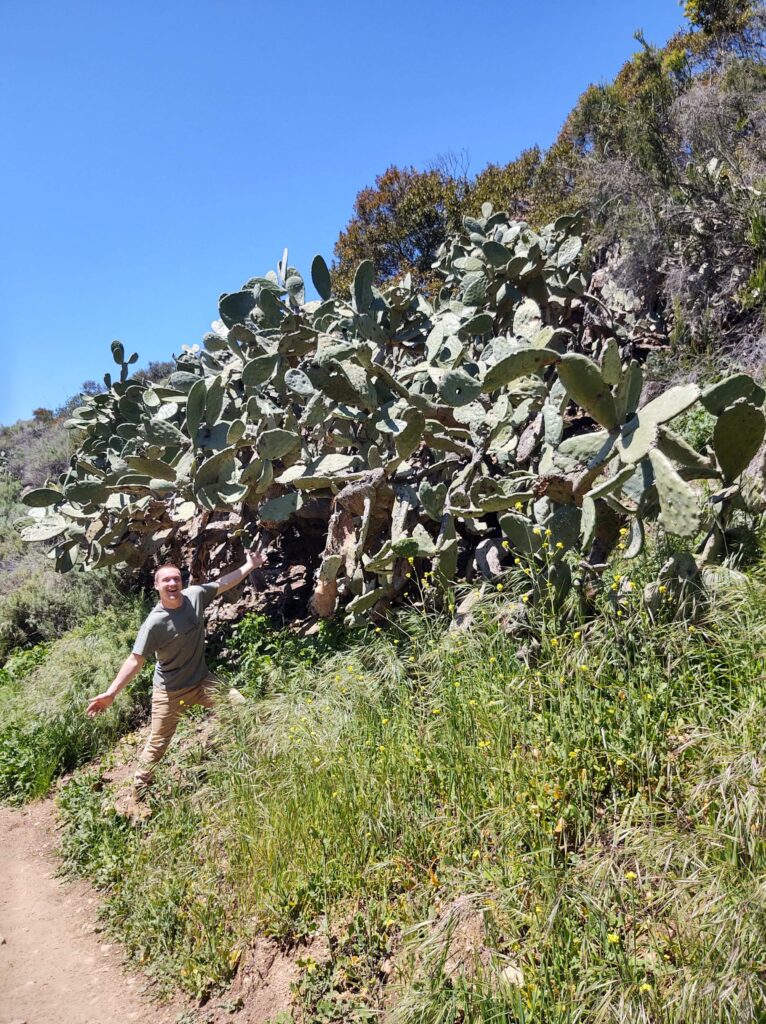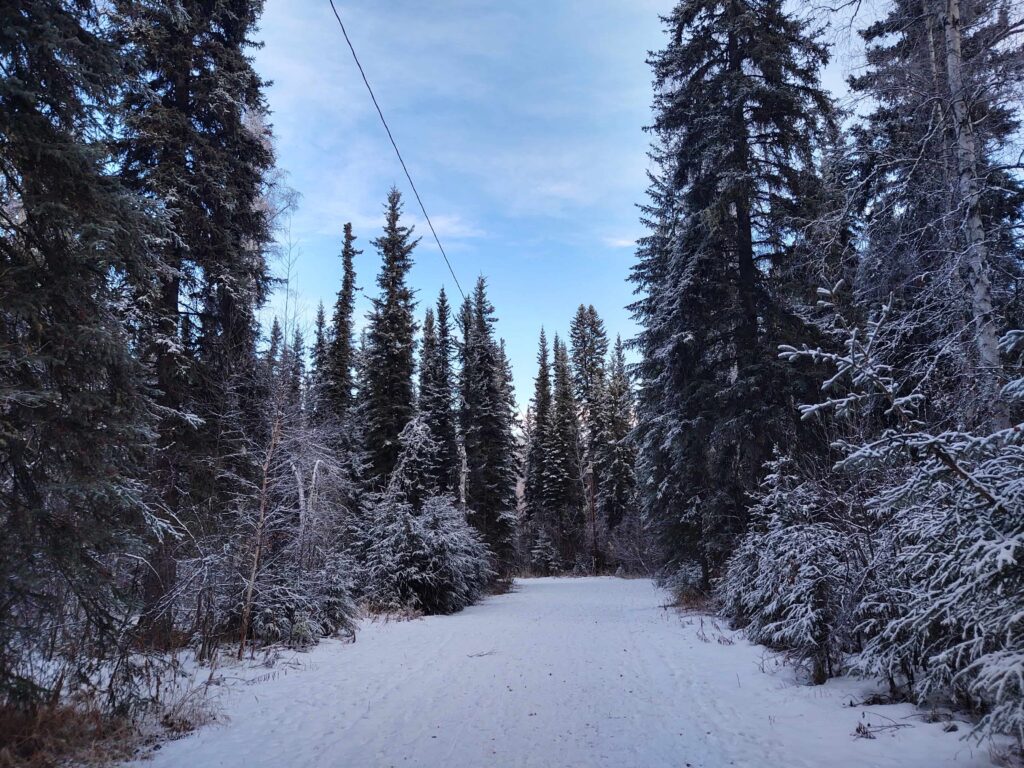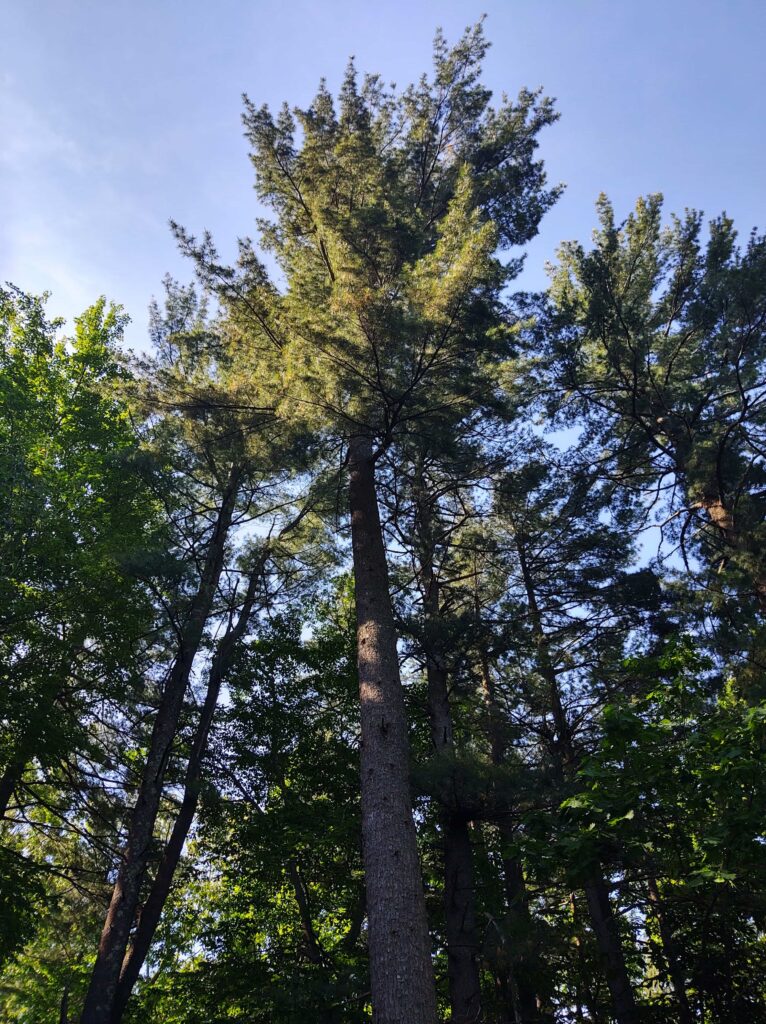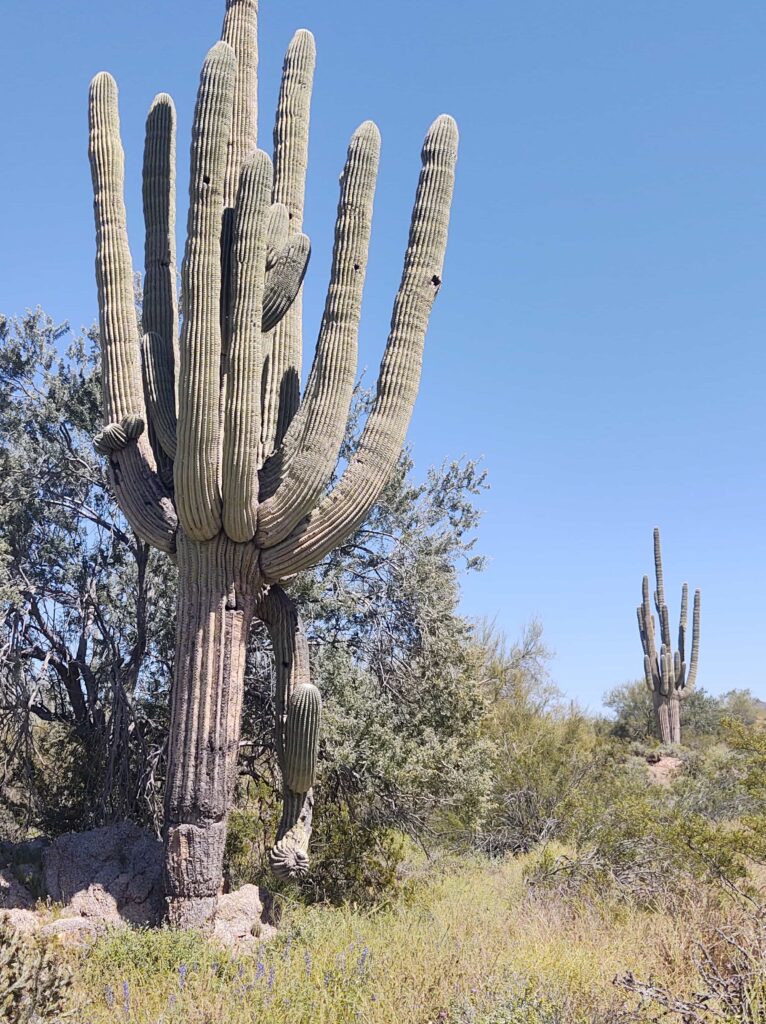Hi everyone!
My name is Ian and I’m joining this class from central Massachusetts, the traditional homelands of the Nipmuc people. Ecologically, this region is covered in mixed deciduous and coniferous forests of oak-hickory and white pine, transitioning into northern hardwoods and boreal forest to the north and into scrub oak and pitch pine forests along the Atlantic coast. We also have an abundance of freshwater wetlands and coastal habitats with their own interesting mix of plant communities — although much of the land has been impacted by urbanization, industrialization, and agriculture.
I became interested in botany, weirdly, through the social sciences and humanities. I was an anthropology and sociology student as an undergraduate, and through that became interested in how people have interacted with their environment throughout history and across the world, and how plants themselves have shaped human culture. Since then, I’ve become a massive plant nerd (as I’m sure most of us here are), and spent a few years taking as many classes as I could in foraging, basketry, herbal medicine, and wilderness skills. Although I love studying all aspects of plants, I do have a bias towards wild food plants, and I spend a lot of my free time foraging. I also love basketry and other plant-based crafts, and have a large (and continually expanding) garden and backyard orchard to take care of.
I currently work as a horticulturist and as an outdoor educator around New England, and am working on getting an O.E.C. in Ethnobotany through the University of Alaska Fairbanks, and may eventually work on an interdisciplinary Master’s degree at UAF.
Right now, my microscopy set-up is just a jewelry loupe that I hold up to my phone camera, but it works pretty well.
It’s hard to choose a favorite plant to share, but I love learning about plants whenever I travel and so I thought I’d just share some of my favorite plants from around the United States and Central America:





Looking forward to learning with you all! 🙂


I have spent very little time in the eastern US. I really appreciate your descriptions.
Welcome Ian,
great to have you in class. I am looking forward to seeing your plant observations from New England. Some of the pictures depict plants dear to my hear too. I did my graduate degrees at Arizona State University so I have spent a good of time in the desert among the saguaros and had lots of opuntias in our yard, and enjoyed this delicious treat throughout the year. The Tohono O’odham actually have a calendar based on the flowering and fruiting of the saguaro cactus. Within the Tohono O’odham (Desert People) culture, storytelling is how history, significant events, and information are passed from generation to generation. Saguaro fruit is harvested and processed for food and wine in preparation for the annual rain ceremony by the Tohono O’odham. The ribs of the saguaro are used as building material in the construction of fences, homes and the ceremonial roundhouse. Symbols indicating important events are carved on a saguaro rib that serves as a calendar stick. https://borderlore.org/record-rod-tales-of-truth-enscribed/ The image below is a screenshot from this website.
Miss you, Ian! Looking forward to seeing your always superb work!
Hi Ian,
Great to see your posts! Have a great summer!
Denise